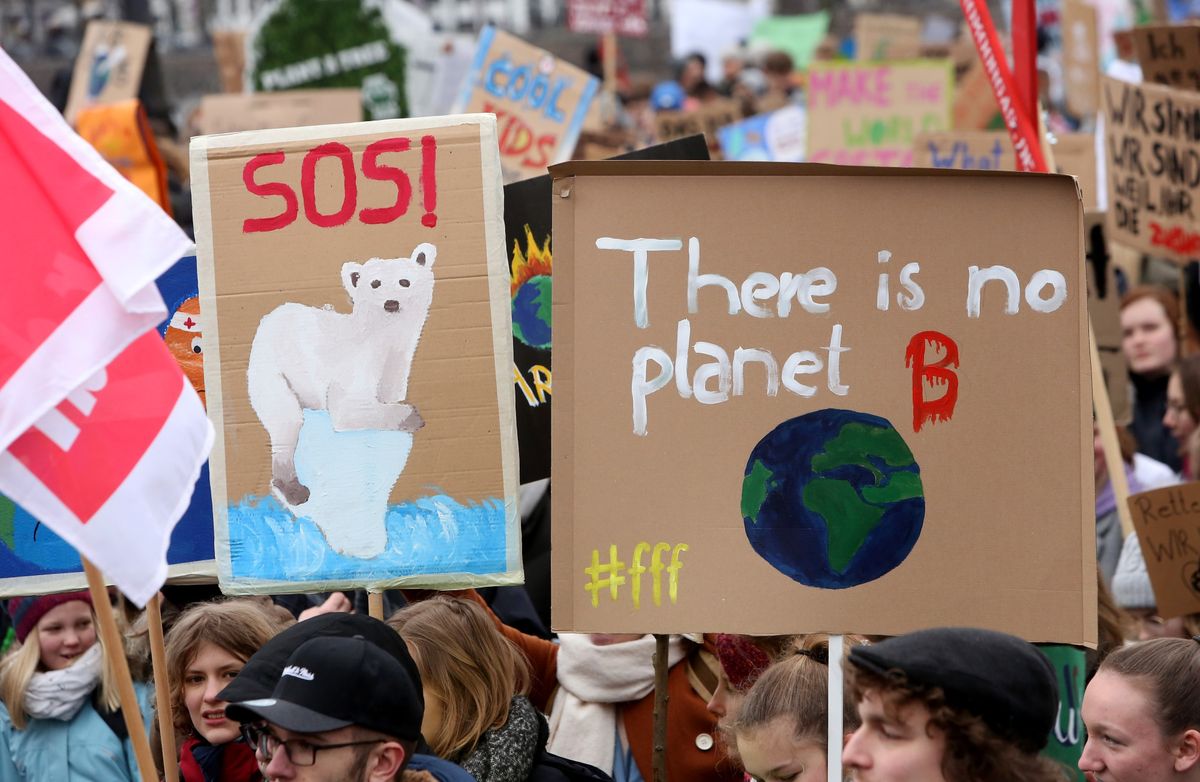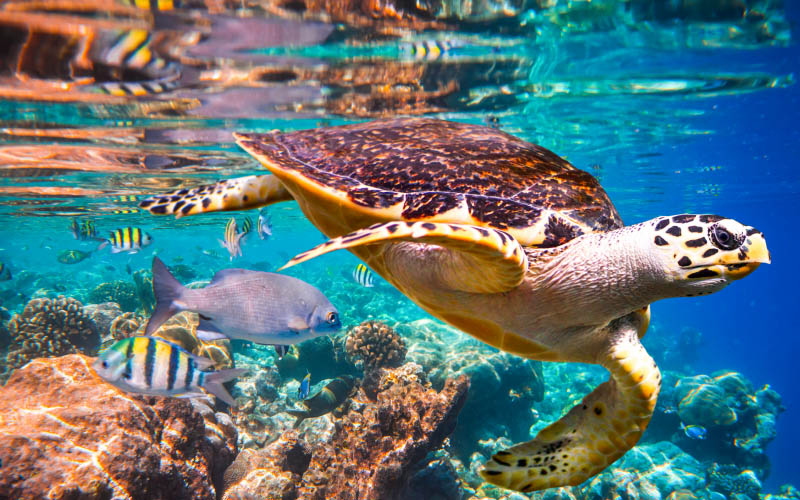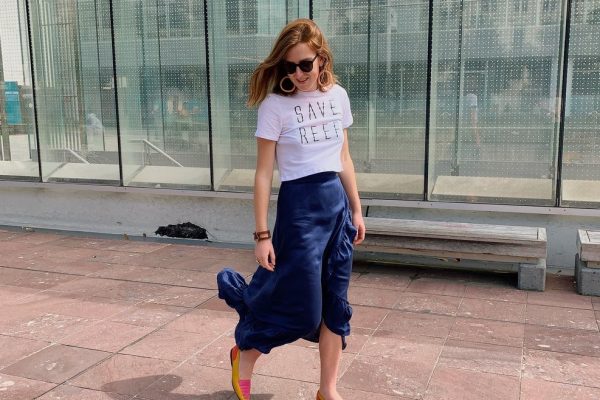UN Report – 1 Million Species Are On The Brink Of Extinction, What Does This Mean For Us?
Kira Simpson
Let’s face it; humans are the worst. We have nearly destroyed a planet in the relatively short time we’ve been on earth, warming the planet to unprecedented levels and polluting it with waste.
As if that wasn’t bad enough, a report from the Intergovernmental Platform for Biodiversity and Ecosystem Services (IPBES), backed by the United Nations, has found that 1 million species are now at risk of extinction due to human activities (that’s 25% of all assessed).
What people may not realise is that besides a moral responsibility to restore animal and plant species, we actually need these species for our own survival.
Image via Sustainable Development Goals

Key findings from the summary report
We are in a climate emergency, and there’s no time to argue about who’s steering the sinking ship. The extensive data is available to view, it’s literally happening in front of us, and 97% of climate scientists are in agreement that human-induced climate change is real. We’ve known since the 1970s that climate change was happening. However, IPBES’s new species report is the largest ever in-depth report on human-induced species damage. The report took over three years to pull together, using nearly 150 science experts from 50 countries. It’s a prime example of the achievements in data reporting that can be made from global collaboration.
“Based on the systematic review of about 15,000 scientific and government sources, the report also draws (for the first time ever at this scale) on indigenous and local knowledge, particularly addressing issues relevant to Indigenous Peoples and Local Communities.” – Sustainable Development Goals
The ‘Summary for Policymakers of the global assessment report on biodiversity and ecosystem services of the Intergovernmental Science-Policy Platform on Biodiversity and Ecosystem Services report’ was published on Monday, with a stern clear warning that we need to take action. Here are some key findings from the summary:
- Species declining rates are at least 10s to 100s x higher than it has averaged over the past 10 million years
- 1 million species (25% of those assessed) if not more, will be completely extinct in the next few decades if humans don’t make transformative systems change
- 32 million hectares of forest were lost between 2010 – 2015
- Half of the global coral reefs have been lost since the 1870s, most recently due to climate change
- Insect populations are still not properly understood globally but are known to have declined by rapidly in some areas
- 75% of the surface that’s land is significantly altered
- Biodiversity is dramatically decreasing, with natives dropping and species becoming more similar
- The rate of global change in nature during the past 50 years is unprecedented in human history
- Alien (invasive) species have increased 40% since 1980, disrupting marine life
- Marine plastic pollution has increased x10 since 1980, negatively affecting nearly 300 species (inc 86% marine turtles, 44% seabirds & 43% of marine mammals)
- Nature in areas looked after or owned by indigenous people are declining less, but still declining
- The main drivers of nature change from human activities are land & ocean use, climate change, invasive species, exploitation, and pollution.

What does this mean for humans?
We actually need the planet and ecosystem to be healthy to literally survive, this is not a joke. Forests and oceans provide us with the oxygen we need to breathe, but there are also many other reasons we need a healthy ecosystem. It’s not just that polar bears are cute (I mean they are but…)
We also need animal and plant species for our food sources. Even if we all went vegan, we would still require healthy soil and insects (such as bees) to pollinate plants and grow crops. We also need water to drink that’s clean #justsayin.
‘Up to $577 billion worth of annual global food production relies on direct contributions by pollinators.’ – IPBES
Countries at different levels of development have different levels of nature declining. IPBES reports that this may fuel social instability and conflict. The World Bank also predicts that climate change itself may lead to mass migration ‘climate refugees’. These are serious long-term issues for humanity.
Nature is also culturally and socially important to humans, there are extensive studies that have found associations between mental health in humans and nature. For example ‘forest bathing’ is a known therapy (to walk in a forest).
There are a million other reasons we need biodiversity and a healthy planet, from medicine, and materials to physical health.
What do we do?
“How do we create a future in which both people and nature can thrive? This is the biggest question of our times. In the next few decades we need to do something unprecedented, we need to find a sustainable existence on earth. But how do we do it?” – Sir David Attenborough, How to Save Our Planet
According to the IPBES summary report, the current goals for conserving nature and achieving the Sustainable Development Goals aren’t going to be met for 2030. There is an immediate requirement for ‘transformative changes across economic, social, political and technological factors’.
We need to tackle the root of nature’s deterioration – us.
As individuals, we need to push for climate action from our leadership. We need tougher environmental policies and laws to prevent species being wiped out. We also need to encourage industries to collaborate with incentives from leadership and pre-emptive action.
Get actively involved in politics and VOTE FOR THE PLANET.
David Attenborough says we need to understand HOW we got into this position. We need to understand our mistakes to move forward into a better future. We need to connect with nature again to unravel our mess. Read more (or even watch more nature docos!), get outdoors and talk to people about what we can do together!
Look at your impact, you have the power to make small changes to reduce climate impacts.


